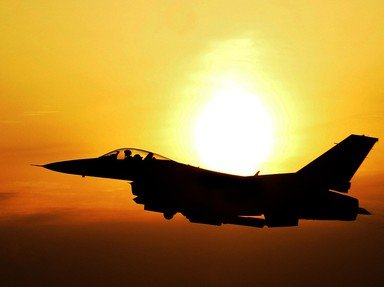Quiz Answer Key and Fun Facts
1. The F-111 has had several nicknames over the years, which of the following are correct?
2. Which nation's air force was the last in the world to actively fly and maintain the F-111 aircraft for combat?
3. What was the nickname given to the last F-111 sold and flown out of the USA?
4. The F-111 is capable of a 'Dump and Burn' (externally releasing fuel and igniting it during flight); is this true?
5. What makes the cockpit of the F-111 unusual among other strike aircraft?
6. What is the wing shape/formation of the F-111?
7. Who was president of the United States when Australia signed to take delivery of the F-111 'off the drawing board'?
8. Although initially designed and built in the early 1960s, the F-111 is capable of flying at more than twice the speed of sound; is this statement true?
9. Many problems plagued the F-111 program (initially TFX), including massive cost blowouts and structural problems with the aircraft design. What single alarming, tragic incident resulted in the grounding of the aircraft and almost caused the cancellation of the entire F-111 program?
10. General Dynamics designed and built the F-111, as well as many different fighter/strike aircraft. Who built the engines used in the F-111?
Source: Author
madkeen4
This quiz was reviewed by FunTrivia editor
gtho4 before going online.
Any errors found in FunTrivia content are routinely corrected through our feedback system.
